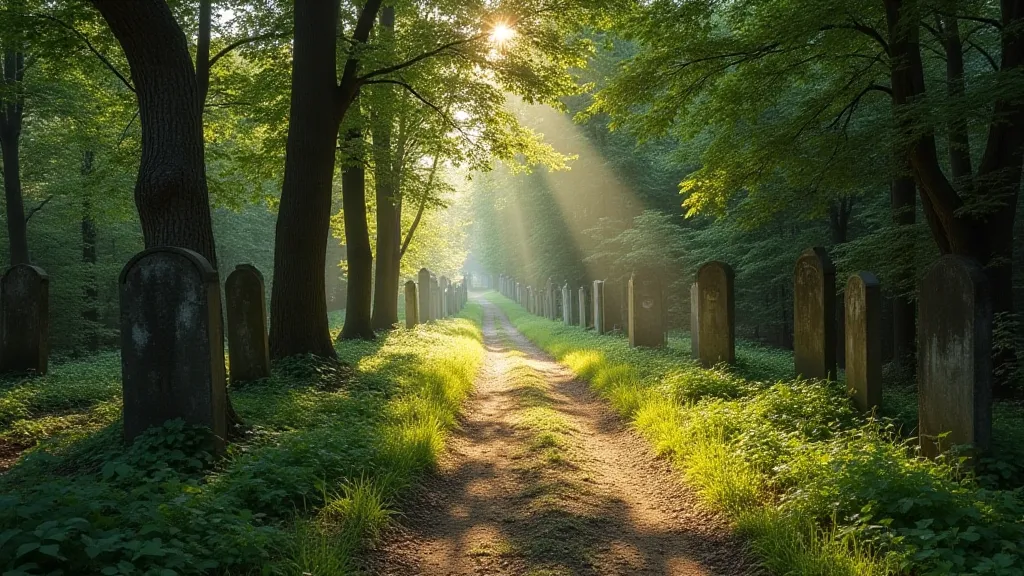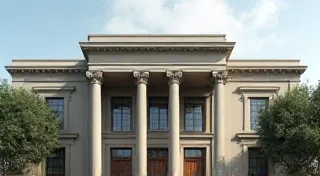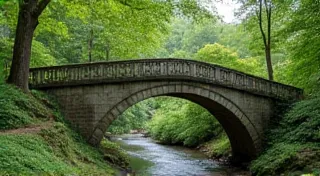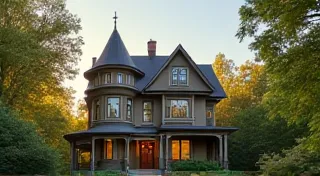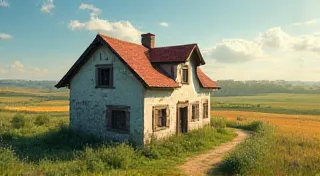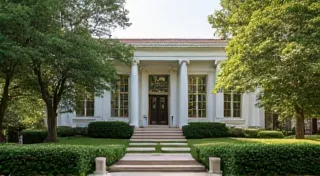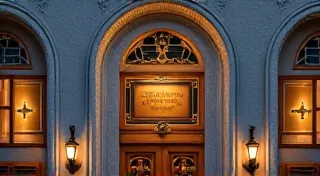The Pioneer Cemetery: Resting Place of Early Settlers
Nestled on a gentle rise overlooking [Region Name], the Pioneer Cemetery stands as a silent testament to the struggles and triumphs of the region’s earliest residents. More than just a burial ground, it's a tangible link to a bygone era, a place where the stories of those who first carved a life from this land are etched in stone. This article delves into the history of the cemetery, explores the lives of some of its most notable inhabitants, and examines the simple, yet poignant, architecture of the headstones. Beyond the physical markers, the Pioneer Cemetery offers a glimpse into the community’s core institutions and structures that sustained the settlers – reflecting the same spirit of perseverance found in places like the historic schoolhouse that first educated the children of the region.
Early Days & Establishment
The Pioneer Cemetery’s history is inextricably linked to the very settlement of [Region Name]. Following [Significant historical event, e.g., the Land Rush of 1889, the arrival of the railroad], a wave of settlers arrived, eager to establish new lives. The challenges they faced were immense, demanding a resilience that defined a generation. Beyond the immediate need for shelter and sustenance, they sought spiritual guidance and social connection – forging a community from the wilderness. Disease, harsh weather, and the inherent dangers of frontier living took a heavy toll, shaping the demographics and the communal spirit.
The very first burials occurred around [Approximate year or timeframe], initially marked by simple wooden crosses, a temporary measure against the backdrop of an uncertain future. As the community grew, a formal cemetery was established in [Year] on land donated by [Donor's Name or Family - if known]. The original layout was remarkably practical, reflecting the immediate needs of a fledgling community. This practicality mirrored other public spaces that rose to meet the new residents’ needs, such as the workers’ hall, a vital space for meetings and social events, showcasing the cooperative nature of early settlement. The layout wasn’s just about providing burial plots; it was about building a sense of collective responsibility and shared experience.
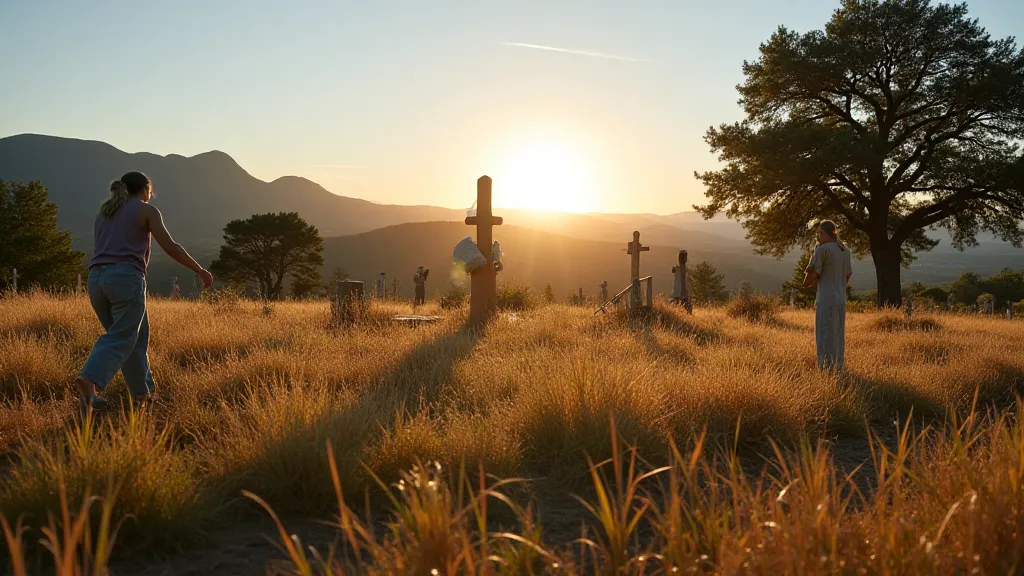
The Stones Tell Stories
The headstones in the Pioneer Cemetery offer a unique window into the lives of those who rest within. Many are simple, hand-carved markers, bearing only the name, birth and death dates. The craftsmanship, or lack thereof in some cases, speaks volumes about the limited resources available to early settlers. Imagine the dedication required to create these memorials with rudimentary tools, the same resourcefulness displayed by those who tended the St. Michael’s Church, a central pillar of the community’s spiritual life. The Church served not just as a place of worship, but as a social hub, a source of comfort, and a symbol of hope amidst hardship.
Often, poignant epitaphs reveal the circumstances of their passing – victims of fever, accidents, or childbirth. The fragility of life during that era was ever-present, demanding resilience and fortitude from all. The simple, almost stark, nature of these inscriptions underscores the understanding that life was precious, fleeting, and often unforgiving. Consider the careful tending of the botanical landscapes that began to flourish alongside the burgeoning settlement; similar dedication went into creating spaces of beauty and respite, akin to the Victorian greenhouse, offering a tranquil escape from the hardships of frontier life. The contrast between the harsh realities of frontier existence and the yearning for beauty and serenity is powerfully evident in these early community efforts.
Notable among those buried here are [Name 1], [Brief description of their life and contribution - e.g., a prominent farmer who helped establish the local school]. He was known throughout the region for his innovative farming techniques and his unwavering commitment to the community's educational advancement. Then there's [Name 2], [Brief description - e.g., a skilled blacksmith known for his craftsmanship]. The blacksmith's skills were vital to the community’s infrastructure and repair needs, mirroring the essential roles played by many who shaped the region’s development. [Name 3]’s headstone, sadly damaged by time, speaks of a young life tragically cut short – a stark reminder of the fragility of life on the frontier. Perhaps the most heartbreaking aspect of the cemetery is the sheer number of children’s graves, a somber reflection of the high infant mortality rates of the time. The echoes of loss and remembrance resonate within the cemetery’s quiet atmosphere, inviting contemplation and respect for those who came before.
Architectural Styles and Preservation
The headstones themselves represent a range of early funerary architectural styles. While elaborate Victorian-era monuments are rare, you’ll find examples of Gothic Revival markers, often characterized by pointed arches and vertical lines, reflecting a blend of religious symbolism and emerging design trends. Many are simple obelisks or ledger stones, reflecting a pragmatic approach to memorialization – a reflection of the broader cultural ethos of resourcefulness and practicality. This practicality extended to the design of many structures in the burgeoning community, emphasizing functionality over ornate embellishment, a stark contrast to the opulence that characterized the eastern cities.
The weathering and erosion over time have softened the edges and obscured the details, but the enduring shapes remain, whispering stories of the past. Understanding the preservation efforts requires some knowledge of the context surrounding the cemetery's age and the broader historical trends influencing its upkeep. The landscape itself has changed dramatically since the cemetery was first established, with forests giving way to farmland, and then to more modern development. Preserving the cemetery is not just about preserving the stones; it’s about preserving a piece of the landscape itself.
Efforts are ongoing to preserve the Pioneer Cemetery. [Local historical society/organization] regularly organizes cleaning days and repairs damaged headstones. These efforts are vital, ensuring that the tangible connection to the past remains accessible for future generations. The delicate process of restoring the cemetery's stonework requires specialized skills and a deep understanding of historical building techniques – skills which are themselves becoming increasingly rare. Researchers are working to transcribe the inscriptions and document the history of each individual buried here, ensuring that their stories are not forgotten, contributing to a comprehensive historical record of the region. This painstaking work requires countless hours of research and documentation, a true testament to the community’s commitment to remembering its past.
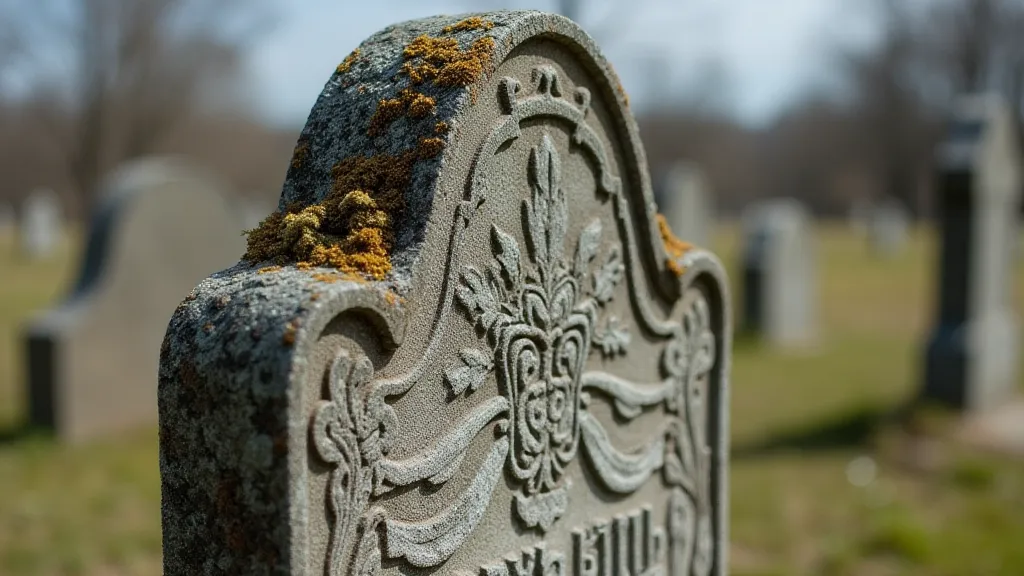
The Community's Support System
Beyond the individual stories etched in stone, the Pioneer Cemetery offers a fascinating glimpse into the social and economic support systems that sustained the early settlers. The simple, practical nature of the cemetery’s layout and the headstones reflects the resourcefulness and resilience of a community facing immense challenges. Every aspect of their lives, from the construction of their homes to the establishment of institutions like the cemetery, was a testament to their determination. It wasn’t just about survival; it was about building a sustainable and thriving community.
The cemetery wasn’t an isolated entity. It was intrinsically linked to the local church, which served as a focal point for spiritual comfort and social gatherings. The Church’s role went beyond religious observance, providing a space for community meetings, social events, and even temporary shelter for those in need. Likewise, the presence of skilled tradesmen, like the blacksmith, was crucial for maintaining tools, repairing infrastructure, and supporting the agricultural pursuits of the settlers. The cemetery stands as a visual representation of the interwoven roles and responsibilities that characterized the early frontier experience – a testament to the power of collective effort and mutual support.
A Place of Reflection
Visiting the Pioneer Cemetery offers a unique opportunity to connect with the region's history and to reflect on the lives of those who came before us. It’s a place of quiet contemplation, a reminder of the sacrifices made to build the community we know today. The simple beauty of the setting, combined with the poignant stories etched in stone, creates a powerful and lasting impression. The legacy of these pioneers extends far beyond the cemetery's boundaries, influencing the region’s culture, values, and identity. It is a place where time seems to slow down, allowing visitors to connect with the past in a profound and meaningful way.
Next time you are in [Region Name], consider taking a stroll through the Pioneer Cemetery and paying your respects to the early settlers who shaped this region. Reflect on their struggles, their triumphs, and their enduring legacy. Consider also exploring other historical landmarks in the region, each offering a unique perspective on the area’s rich and complex past. Perhaps a visit to the historic schoolhouse would offer more context regarding the education the early settlers provided for their children.
